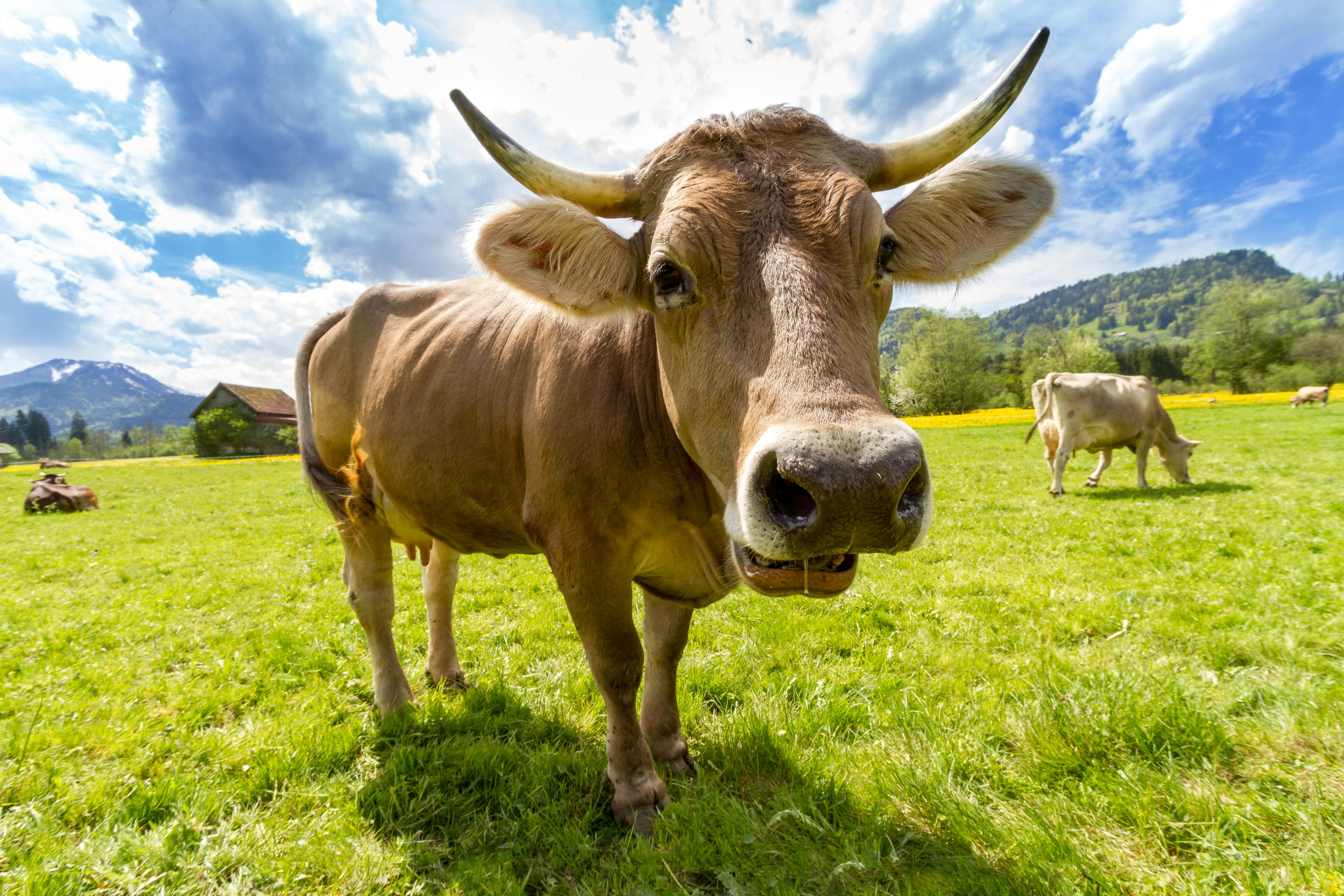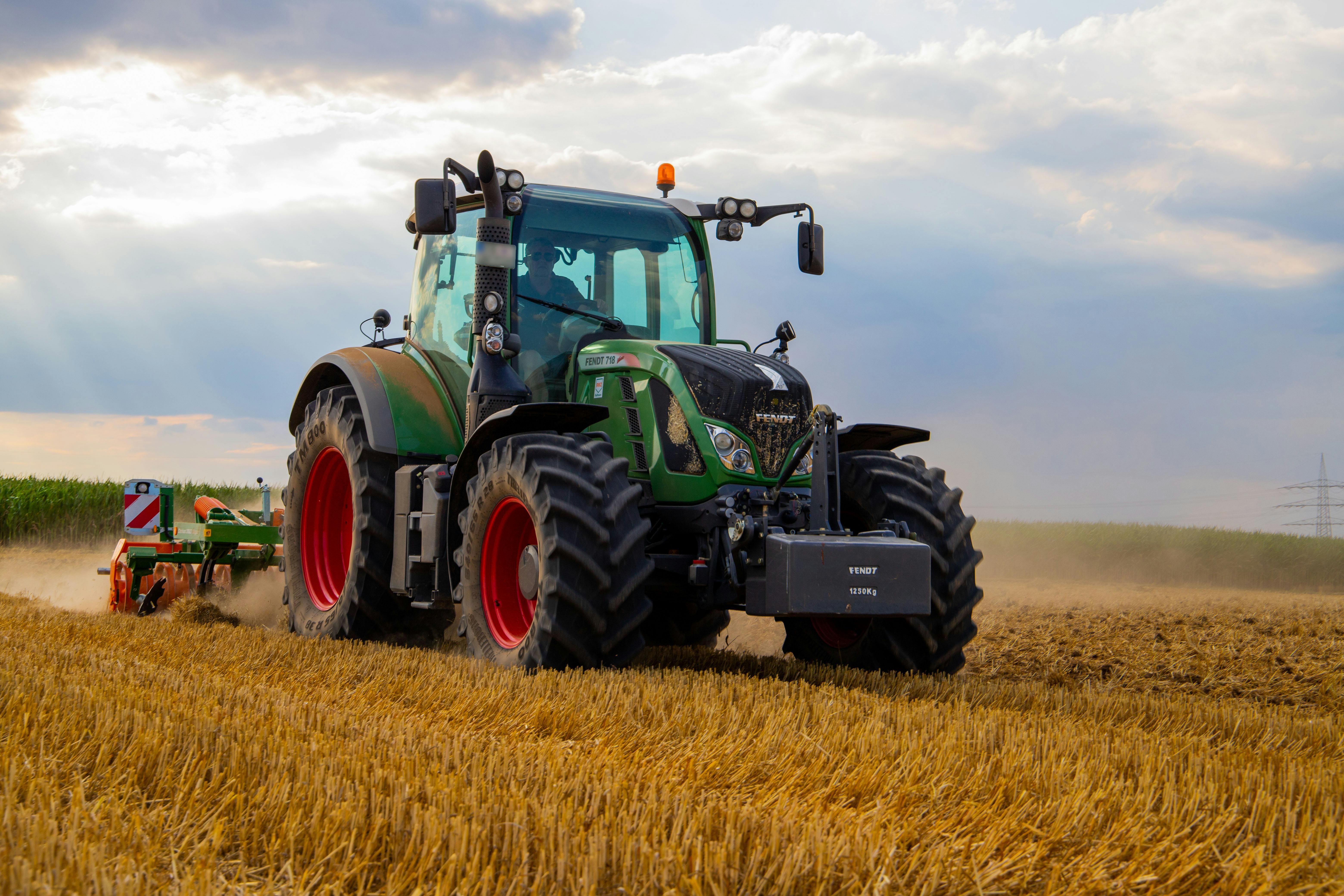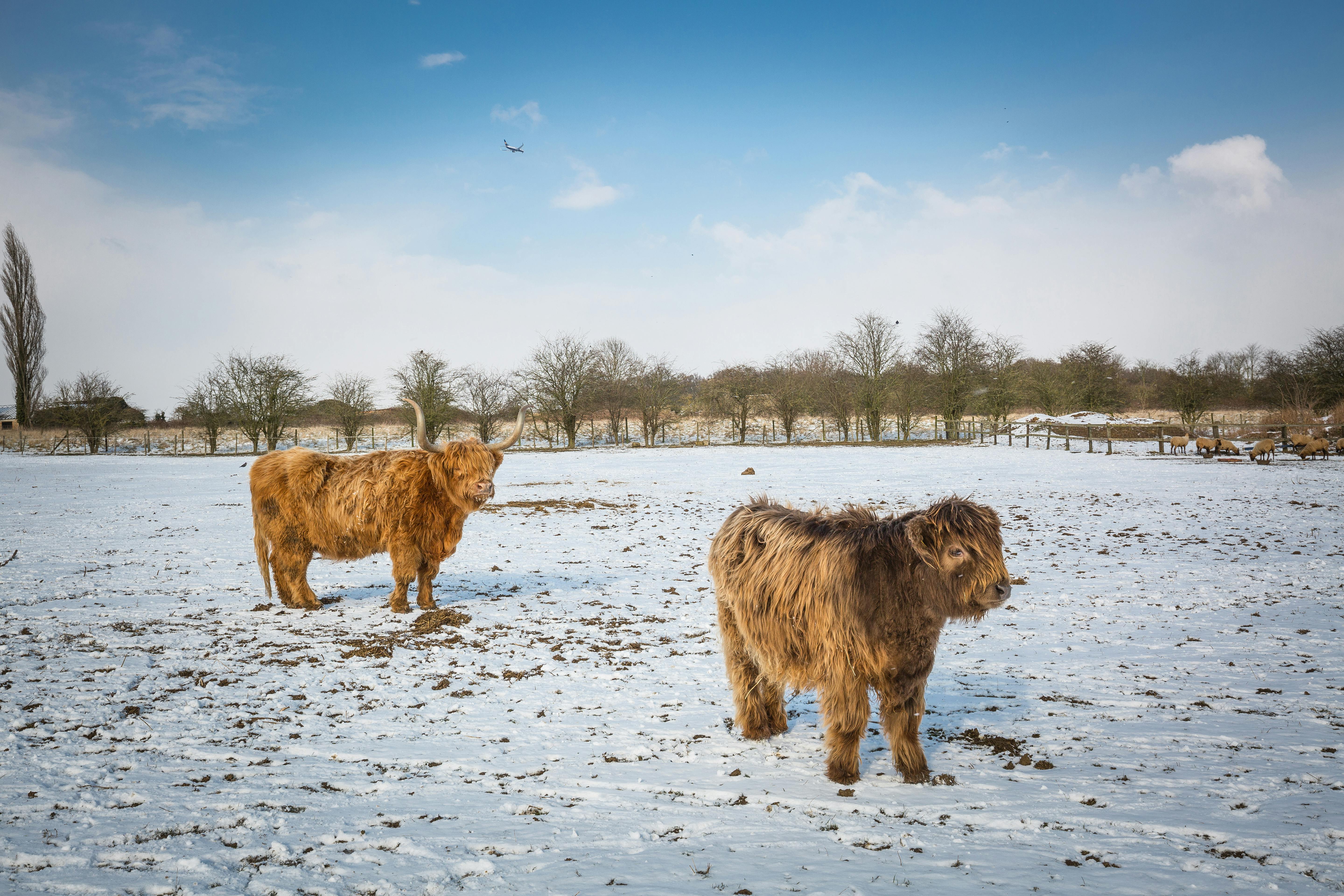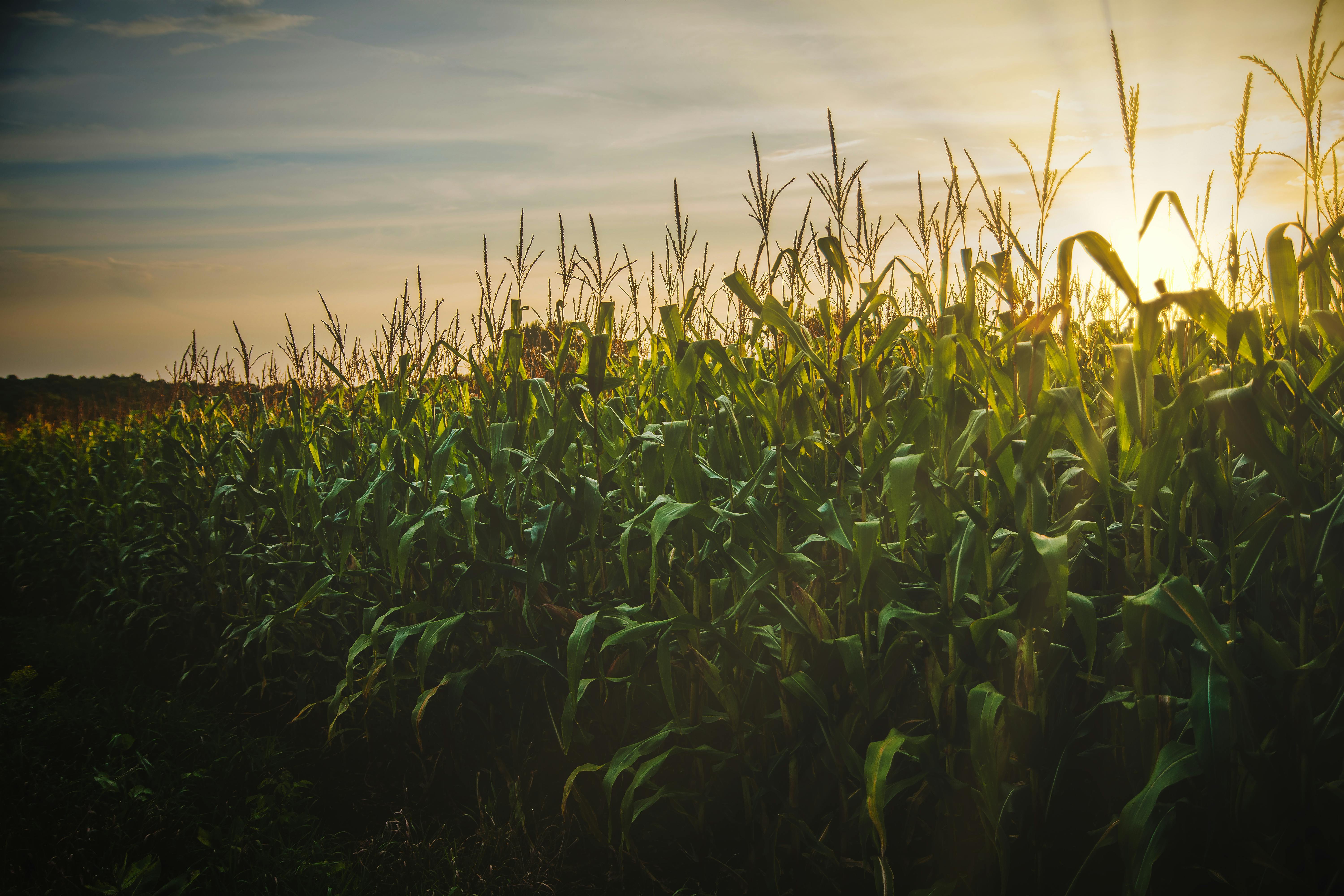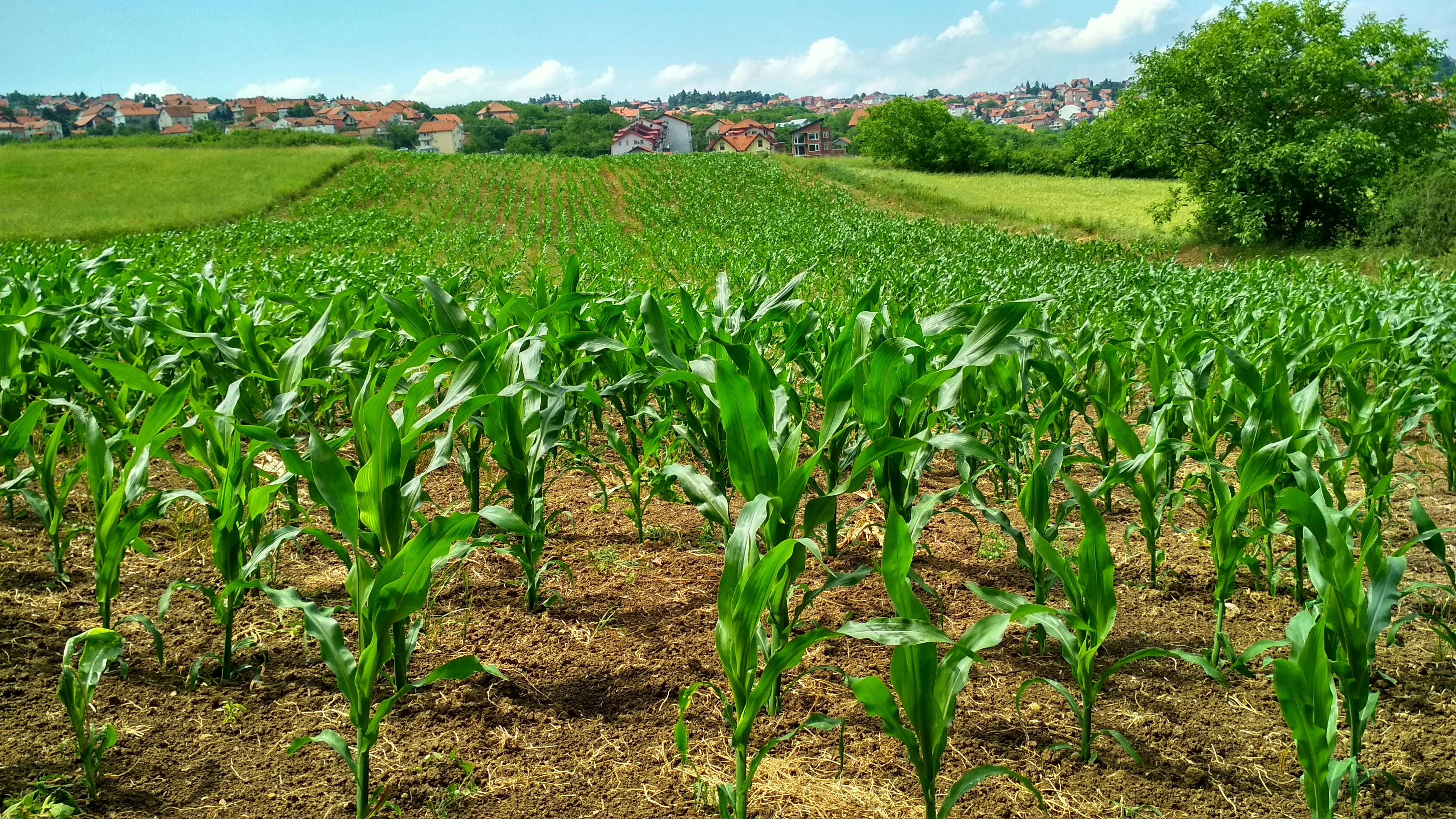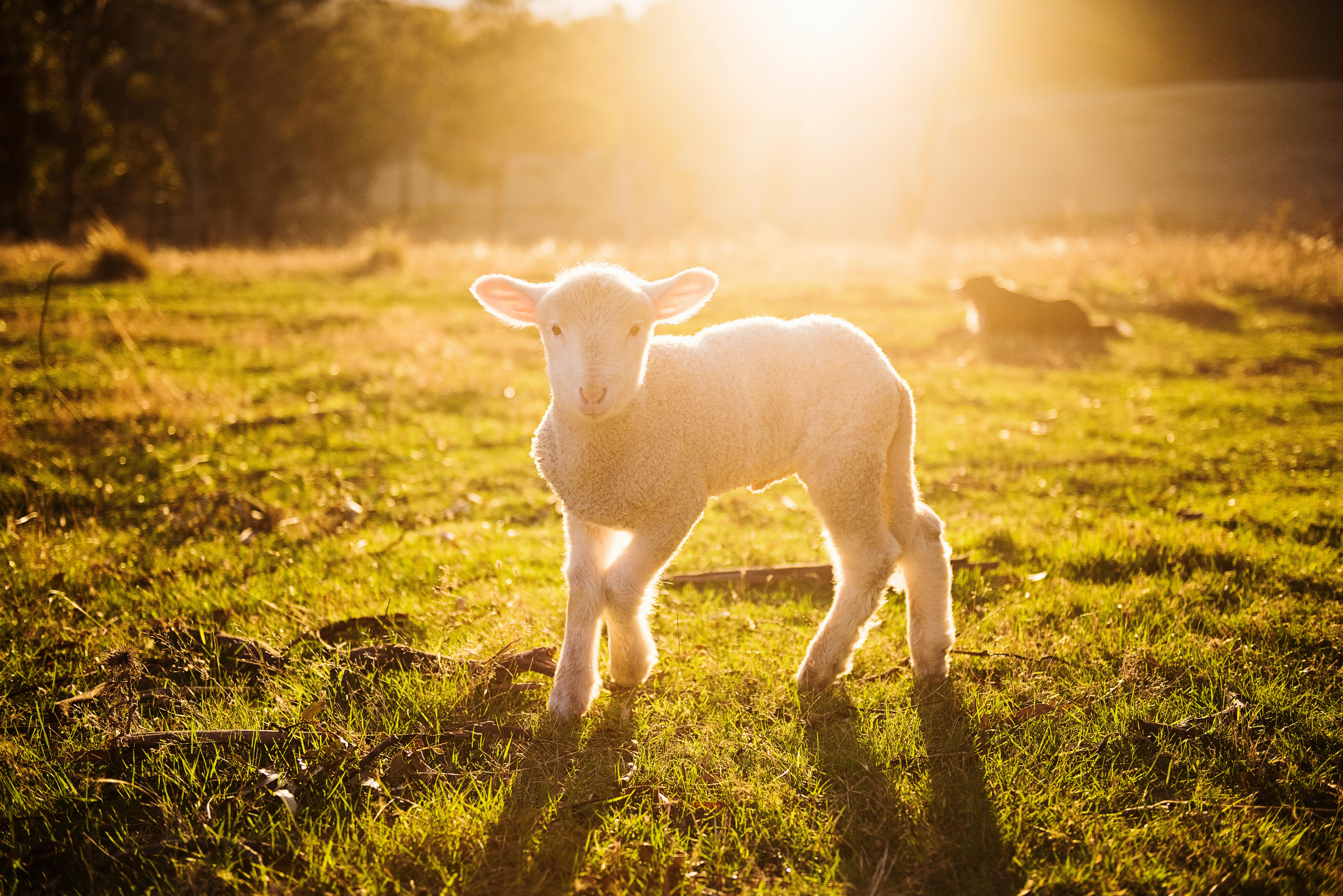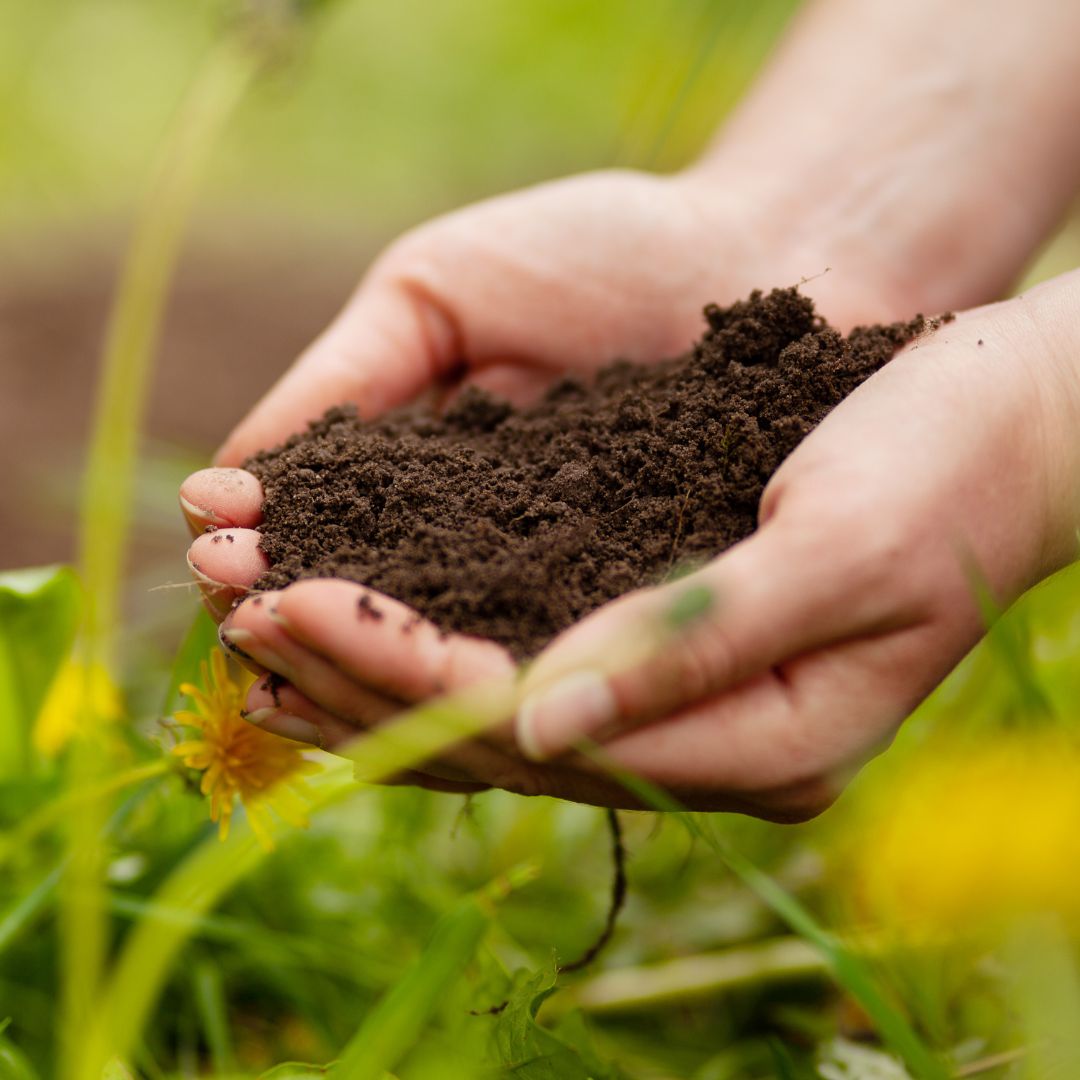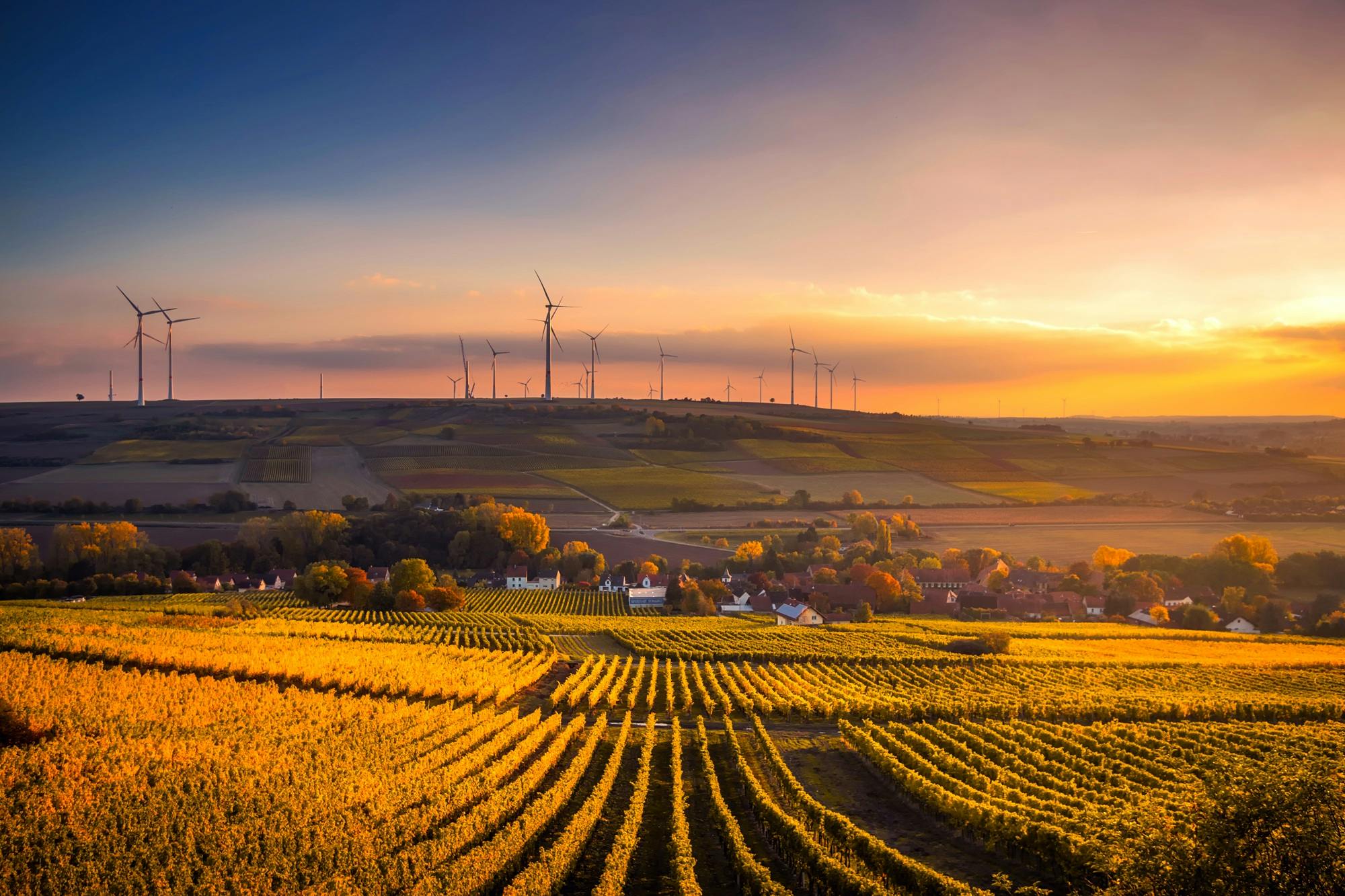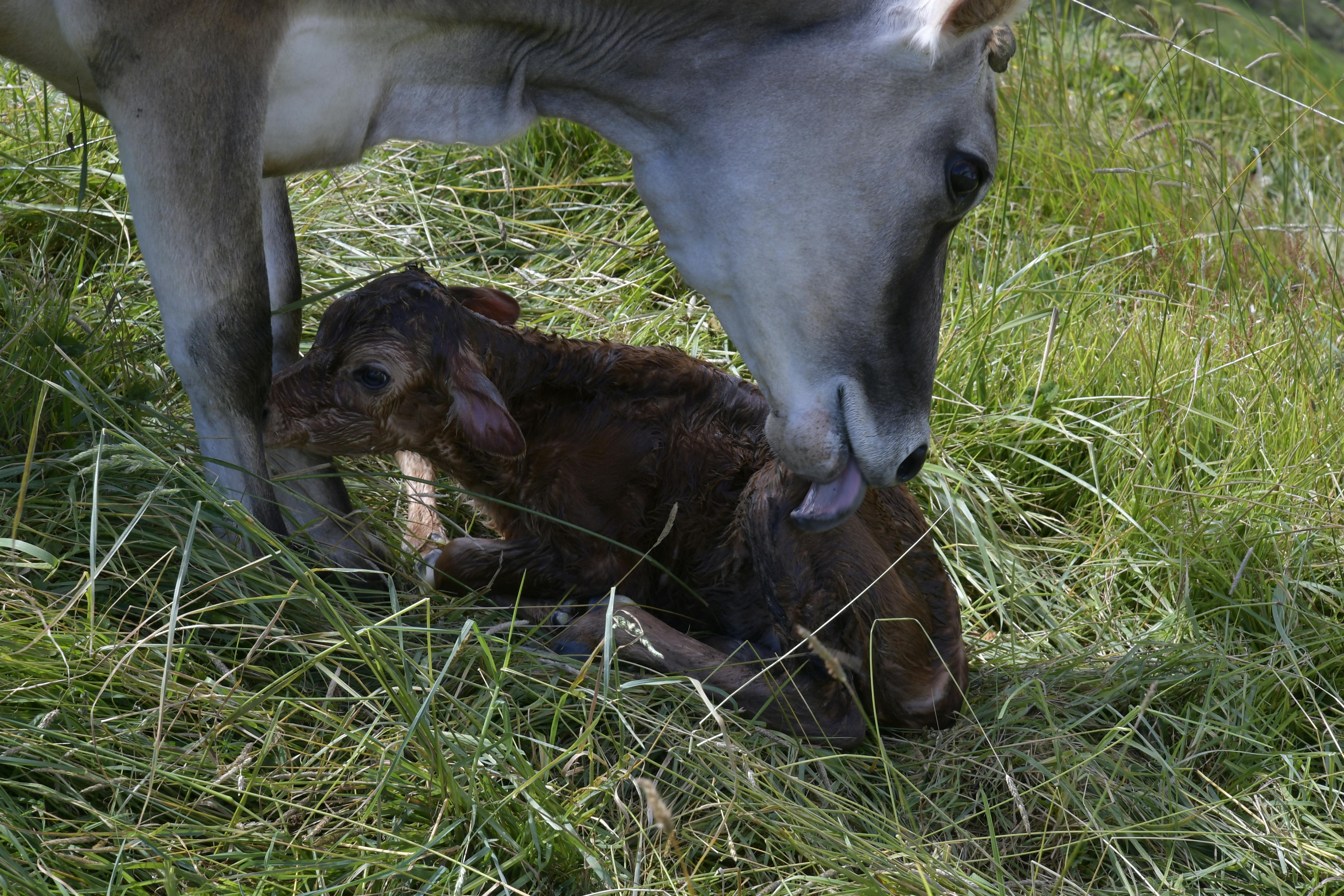If you are a farm that practices disbudding/dehorning of your animals, it is important to have everything ready to go once you have animals on the ground. This is not a pleasant procedure, but necessary if you raise certain classes of animals. Both males and females have the potential to grow and develop horns, unless they are naturally polled, so count on devoting a good chunk of time to this each year. To have a successful result, you should check bud development daily as soon as the babies are born. Horn growth varies between animals. Sex, breed, species, will all affect how fast a bud will emerge and how much time you have to stop the horn from fully developing. In order to have the best result, the bud needs to be emerged from the growth plate but still fits within your iron.
Fertrell Blog
Preparation for the upcoming season for fertilizer application is especially important when planning to apply multiple times throughout the year. At Fertrell, a frequent practice for the agronomy team to recommend is the Berry and Tree Care Programs as well as when growing large fruiting vegetables. Plants have different nutritional requirements during the growing season and elements have different benefits to the plants depending on the time of year.
When pasturing animals for winter, many farmers and homesteaders choose to use a place the animals will stay through the duration of the winter months- a sacrifice pasture. There are many good reasons for this, including: a lack of structured winter housing, ease of manure management, accessibility to livestock in winter weather, and the ability to rest other pastures through the winter. While the use of a sacrifice pasture works well for many operations, there are some considerations to run through before implementing this practice.
What’s an organic producer supposed to do, or where can he turn when the lurking specters of pneumonia, shipping fever, mastitis, elevated somatic cell counts, and other infectious disease attack his herd? If he doesn’t have the old standby drugs at his disposal, does it mean he’s already “sunk” before the battle starts? Well…he’s not actually a sitting duck always waiting for the storm to burst upon him. Many herds with a focus on pasture, good nutrition, and “stress-free” environments for their animals already have a much lower incidence of disease. However, it is encouraging to know that the organic sector does have many effective weapons at hand when these challenges arise. Dr. Paul Aloe Pellets, also commonly known as kelp aloe pellets, are one of these powerful weapons in the natural / organic producer’s arsenal. They can be supplemented orally to ruminants that may be dealing with any variety of infectious diseases. These pellets are especially effective with respiratory issues in calves and heifers. Coughing animals, perhaps with a nasal discharge, are not uncommon with the fluctuating temperatures of spring and fall; as well as the cold drafts and potential of poor air quality sometimes associated with wintertime housing.
The “P” in NPK, phosphorus is an essential macronutrient. Some are concerned it is a problem that needs to be managed, and others say it is so deficient due to its varying bioavailability. First, I will discuss why it is essential, then the problems that can be caused in excess, and finally the opportunities to manage this essential macronutrient.
As the calendar gets ready to turn again, we approach my favorite time of year. No, not Christmas-BABY SEASON! Since most sheep and goats are seasonal breeders, the barns are hopefully full of heavily pregnant does and ewes. Sure, not all does/ewes will freshen at the same time, but it is important to be ready for the onslaught of births waiting to happen. The more you can prepare ahead of time, the less stressful this process will be.
When you plant seeds, one of the first important steps is when the tiny plants start poking out of the soil we call this seedling emergence. During this early stage, it's crucial to have the right balance of nutrients. Nitrogen helps make leaves green, phosphorus helps roots grow strong, and potassium is like a boost for the entire plant. What's cool about organic fertilizers is that they release these nutrients slowly, so the plants don't get too much at once.
As the deciduous leaves begin to change color to their vibrant yellows, oranges, and reds, they show us their true colors. Chlorophyll has a green pigment that masks the colors of the carotenoids that the leaf contains. These are the same carotenoids that bring the appealing yellows, oranges, and reds to our egg yolks. They are “hidden” in pasture plants and greens and are seen more obviously in fruits and vegetables such as peppers and carrots.
Did you know that Fertrell carries both non-GMO and certified organic liquid molasses? We have convenient 1 or 2.5-gallon containers available for all classes of livestock.
Over the course of their lifespan, animals encounter many different stressors. One of the earliest experiences is during the weaning process. This stress can affect both cows and calves. After spending all summer grazing together, it is time to separate cows and calves into different management groups and housing for the winter months.
About this Blog
The Fertrell Company blog is for farmers, backyard gardeners, and homesteaders alike. Learn from the experts on all things natural and organic for both soil and livestock.
Subscribe to Email Updates
Recent Posts
Posts by Topic
- Soils (18)
- Agronomy (13)
- Cows (13)
- Poultry (12)
- Dairy (8)
- Plant (7)
- Feed (5)
- plants (5)
- Herd (4)
- Mycotoxins (4)
- Vegetables (4)
- laying hens (4)
- soil testing (4)
- Forage (3)
- essential trace mineral (3)
- soil (3)
- swine (3)
- winter (3)
- Aragonite (2)
- Chickens as pets (2)
- Grazing (2)
- Testing (2)
- Turkeys (2)
- fertrell liquid #3 (2)
- grazing livestock (2)
- livestock (2)
- produce (2)
- smallscalegarden (2)
- soil test (2)
- start a garden (2)
- Berry Mix (1)
- Blue N 5-1-1 (1)
- Catch It (1)
- Dr. Paul (1)
- Fertrell Blue N 5-1-1 (1)
- Fertrell Super K 3-4-7 (1)
- Fertrell's Grazier’s Choice (1)
- Fertrell’s Liquid 3-4-3 (1)
- Fish emulsion (1)
- Graziers Choice (1)
- Grazing Season (1)
- Herbal Supplement Powder (1)
- Holly Care (1)
- Hoof Boost (1)
- Hoof Health (1)
- Horse Nutri-Balancer (1)
- Kelp conditioner (1)
- Lawn (1)
- Parasite Pressure Prevention (1)
- Preferred Calcium Source (1)
- RC GOLD (1)
- Water (1)
- baby chicks (1)
- backyard poultry (1)
- benefits of eggs (1)
- broilers (1)
- buying chicks (1)
- chickens (1)
- cold frame (1)
- copper (1)
- cover crops (1)
- dr.paul aloe pellets (1)
- early blight (1)
- fertrell high sulfur mineral (1)
- fertrell’s super k 3-4-7 (1)
- fertrell’s super n 4-2-4 (1)
- foliar feeding (1)
- free-choice (1)
- fungi (1)
- garden (1)
- garlic (1)
- hops (1)
- jet ag (1)
- kelp (1)
- kelp meal (1)
- late blight (1)
- liquid fertilization (1)
- loosing feathers (1)
- microbes (1)
- minerals (1)
- molt (1)
- molting (1)
- molting chicken (1)
- orchards (1)
- oxidate (1)
- pasture season (1)
- pigs (1)
- planting garlic (1)
- regalia (1)
- seed soak (1)
- seed starting (1)
- sow (1)
- stargus (1)
- straw-bale (1)
- strawbale (1)
- strawbale garden (1)
- sulfur (1)
- tissue testing (1)
